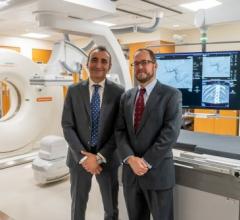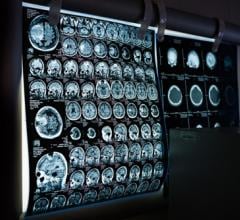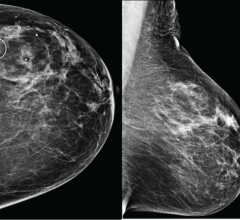
May 6, 2009 - Physicians should review a patient's CT imaging history and cumulative radiation dose when considering whether to perform another CT exam, according to researchers at Brigham and Women's Hospital, Boston, MA, and Washington University School of Medicine, St. Louis, MO.
The study included 130 patients who had at least three emergency department visits within one year in which they had a CT scan of the neck, chest, abdomen or pelvis. "We gathered the recent CT exam histories for each of these patients and found that half had undergone ten or more CT scans in the previous eight years, up to a maximum of 70 CT scans," said Aaron Sodickson, M.D., PhD. "Using typical dose values and standard risk estimation methods, we calculated that half of our group had accrued additional radiation-induced cancer risks above baseline greater than 1 in 110, up to a maximum of 1 in 17."
"A patient's cumulative risk of radiation-induced cancers is believed to increase with increasing cumulative radiation dose. The level of risk is further increased for patients scanned at young ages and is in general greater for women than for men. There is no absolute threshold, however, and the potential risks of radiation induced cancer must be balanced against the expected clinical benefits of the CT scan for the patient's particular scenario," he said.
"CT is a tremendously valuable clinical tool in a wide variety of settings and disease processes, and as a result CT utilization has grown rapidly in recent years. Continued attention will be needed to keep radiation risks in check through a combination of technological advances, optimized imaging techniques, appropriateness criteria and patient-specific risk/benefit assessments," said Dr. Sodickson.
This study appears in the April issue of the American Journal of Roentgenology.
For more information: www.arrs.org


 December 10, 2025
December 10, 2025 









